Industry News Summaries
AI and Marketing
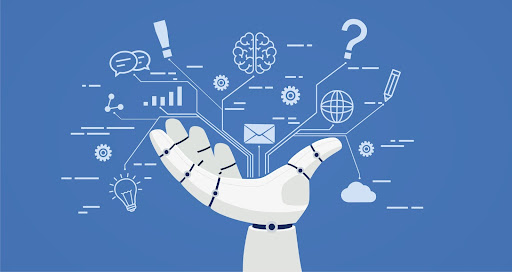 |
Written by Alyson Villamor, Social Media and Marketing Analytics Specialist I, and Dylan Ton, Web Design and Media Analytics Specialist, Center for Customer Insights and Digital Marketing,
Edited by Hened Malak, Social Media and Marketing Analytics Specialist II, Center for Customer Insights and Digital Marketing
Artific ial Intelligence is a rapidly advancing field of computer science that is changing the way people work, for better or for worse. What is artificial intelligence? AI is a computer system that is programmed to perform tasks that usually require human intelligence such as reasoning, problem-solving, and interpretation. AI uses data to discern patterns and draw conclusions based on information from the internet, as well as statistical patterns and probabilistic models. Due to these capabilities, AI’s impact on the knowledge economy and workers is expected to be far-reaching and digital marketing is no exception. AI has the capacity to analyze huge quantities of data (big data) and offer valuable insights, enabling marketers to make more educated decisions and give better individualized customer experiences. This article will look at the different ways artificial intelligence is used in digital marketing and how companies can use it to stay competitive.
ial Intelligence is a rapidly advancing field of computer science that is changing the way people work, for better or for worse. What is artificial intelligence? AI is a computer system that is programmed to perform tasks that usually require human intelligence such as reasoning, problem-solving, and interpretation. AI uses data to discern patterns and draw conclusions based on information from the internet, as well as statistical patterns and probabilistic models. Due to these capabilities, AI’s impact on the knowledge economy and workers is expected to be far-reaching and digital marketing is no exception. AI has the capacity to analyze huge quantities of data (big data) and offer valuable insights, enabling marketers to make more educated decisions and give better individualized customer experiences. This article will look at the different ways artificial intelligence is used in digital marketing and how companies can use it to stay competitive.
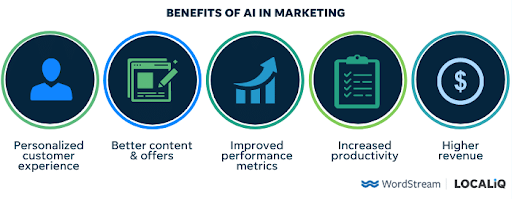 According to Jenkins (2023), digital marketing is quickly advancing because of artificial intelligence, which is reshaping the world as we know it. AI technology has the ability to manage data, improve messages, forecast results, enhance delivery, and track outcomes. For example, ChatGPT, a newly released generative AI chatbot, is a well-known algorithm that produces realistic messages based on a prompt the user enters, but still lacks the originality of human experience.
According to Jenkins (2023), digital marketing is quickly advancing because of artificial intelligence, which is reshaping the world as we know it. AI technology has the ability to manage data, improve messages, forecast results, enhance delivery, and track outcomes. For example, ChatGPT, a newly released generative AI chatbot, is a well-known algorithm that produces realistic messages based on a prompt the user enters, but still lacks the originality of human experience.
AI lacks subjective and conscious thought, emotion, and insight, which causes the created content to feel like a copy rather than original work. Inaccuracies and plagiarism are also significant concerns when working with AI. While AI can be used to quickly create material and come up with fresh concepts, the creative thought process behind marketing depends on humans, but it can still be a valuable tool to marketers for something such as ad copy or email marketing.
Based on an article written by Sasikumar (2023), businesses can utilize AI to enhance their digital marketing in two different ways. Marketers can use AI to estimate client demand, create customer profiles, carry out programmatic ad buying, and other backend tasks. The other is the consumer side, in which marketers use AI to enhance the customer experience.
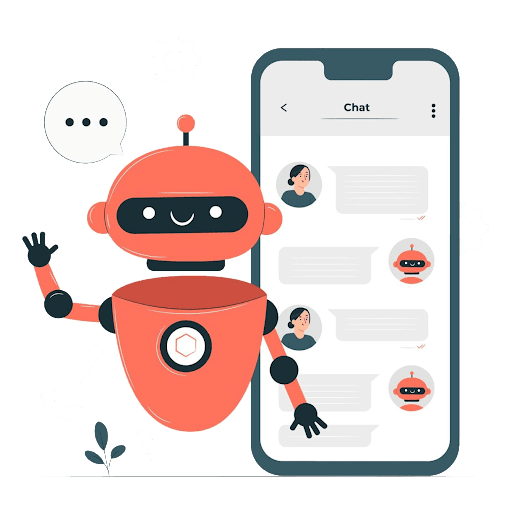 Examples of AI currently used in marketing are chatbots, image recognition, and content creation. Chatbots help marketers gather data on customers and deliver targeted messages to optimize marketing efforts. The collected data can be used to provide specific content to the right customer demographic which will maximize customer interaction. Image recognition has become the norm in the past few years, helping businesses personalize customer experiences through social media.
Examples of AI currently used in marketing are chatbots, image recognition, and content creation. Chatbots help marketers gather data on customers and deliver targeted messages to optimize marketing efforts. The collected data can be used to provide specific content to the right customer demographic which will maximize customer interaction. Image recognition has become the norm in the past few years, helping businesses personalize customer experiences through social media.
As stated by Hyder (2023), the pros and cons of using AI in digital marketing are as follows. AI can increase efficiency by automating tasks, such as email campaigns (HubSpot has a tool like this), lead scoring, and social media scheduling. It can help leverage insights from their existing datasets for customer segmentation and personalization. It gives marketers accurate data on what their buyers actually want, enabling hyper-personalization to each individual customer. Finally, it can streamline marketing efforts by providing insight into which strategies work best for specific audiences and segments.
C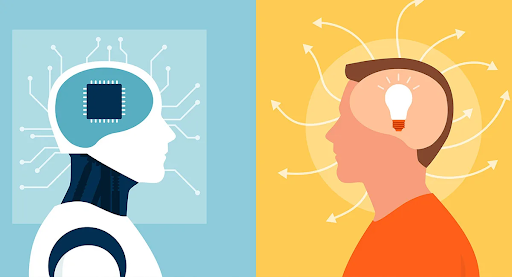 urrent AI models, while advanced, still lack critical thinking abilities and may not always provide accurate results. This characteristic can be viewed as both an advantage and a disadvantage. AI systems primarily focus on data extraction and analysis, often neglecting external factors such as customer satisfaction and loyalty. Their absence of self-awareness and advanced analytical capabilities can be beneficial for workers, as it ensures their continued relevance and job security. Additionally, AI systems that cannot think independently are safer, as we cannot predict the potential consequences of a fully conscious AI.
urrent AI models, while advanced, still lack critical thinking abilities and may not always provide accurate results. This characteristic can be viewed as both an advantage and a disadvantage. AI systems primarily focus on data extraction and analysis, often neglecting external factors such as customer satisfaction and loyalty. Their absence of self-awareness and advanced analytical capabilities can be beneficial for workers, as it ensures their continued relevance and job security. Additionally, AI systems that cannot think independently are safer, as we cannot predict the potential consequences of a fully conscious AI.
On the other hand, this limitation can be constraining for companies seeking optimal efficiency and effectiveness. Since AI models cannot fully replace human labor, organizations must continue to bear the costs associated with employing human workers. As a result, businesses may not achieve the level of productivity and cost savings they desire due to the limitations of current AI technology. Moreover, AI can be dangerous if it is exploited by parties with malicious intent.
In conclusion, artificial intelligence is redefining the approach we take when working in digital marketing. While AI has the potential to improve client experiences and streamline marketing campaigns, it does have its drawbacks. The creativity and emotion that only people have are lacking in AI even though it can automate processes and offer insightful data. It’s also important to review AI’s accuracy issues and vulnerability to exploitation. When implemented properly, AI can offer marketers valuable information and insights to improve their marketing plans.
Reference
Aker Ink (n.d.), “AI vs. Human Content: Why Digital Tools Can't Replace a Writer's Touch,” Akerink.com, (accessed May 2, 2023), https://akerink.com/ai-vs-human-content-why-digital-tools-cant-replace-a-writers-touch/
Hyder, Shama (2023), “The Pros and Cons of AI in Marketing,” ZenMedia, (accessed March 22, 2023), https://zenmedia.com/blog/ai-in-marketing/
Jenkins, Ryan (2023), “The Power and Limitations of AI in Digital Marketing,” CeoWorld Magazine, (accessed March 17, 2023), https://ceoworld.biz/2023/02/23/the-power-and-limitations-of-ai-in-digital-marketing/
Sasikumar, Srihari (2023), “How Companies are Using AI in Digital Marketing,” SimpliLearn, (accessed March 20, 2023), https://www.simplilearn.com/how-companies-are-using-artificial-intelligence-ai-in-digital-marketing-article
To read more on this, please visit our website
 |
Alyson Villamor is a fourth-year Cal Poly Pomona student studying Marketing Management. She is currently serving as the Social Media and Marketing Analytics Specialist, as well as a Research Assistant at the CCIDM. |
 |
Dylan Ton is a second-year Cal Poly Pomona student studying Computer Information Systems. He is currently serving as the Web Design and Media Analytics Specialist, as well as a Research Assistant at the CCIDM.
|
NFTs
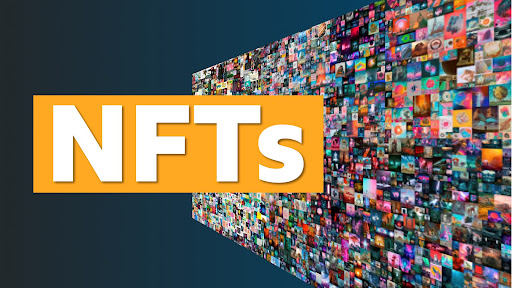 |
Written and edited by Jeffrey Hsu
First, creating an NFT is actually quite simple. There are a number of NFT marketplaces that you can choose as a platform to begin the process of uploading and producing an NFT for your digital artwork, such as Open Sea, Rarible, or Mintable. According to Ledger, you will first connect your crypto wallet (your login info) to one of the marketplaces mentioned above, then you can select the “create” option, upload your artwork, and then finalize a couple other details. Then, voilà, you now have an NFT that people can buy.
Owning an NFT means that you have access to a one of a kind digital asset (usually a file that allows information transfer, like PNG or JPG files) that nobody else can claim except for you. These files have unique codes that are irreplaceable. NFTs are not physical and tangible items that one can touch or feel, but it is rather a digital property that is given a special hash during an encryption process that makes it different from any other NFT. These tokens can represent various kinds of digital objects, such as artwork, video game items, music videos, and even a meme.
As related to digital marketing, brands are no longer tied to only marketing their physical and tangible products or services, and now have another route to market through virtual products in NFTs. In addition, brands can distribute the NFTs across numerous platforms through mobile advertising campaigns, providing virtual gifts, vouchers, and other goodies to their customers. Not only is this giving the brand a whole new digital marketing method, it is also providing an additional revenue stream. According to the Harris Poll, 27% of millennials have said that they are currently investing in NFTs. Thus, this provides many opportunities for brands, influencers, sports leagues, artists, and all sorts of figures across the entertainment industry to monetize viral moments that can be a potential source of financial gain for the creators of the content. With this in mind, collaborations between brands and influencers are expected to become much more prominent in the digital landscape. For example, a brand can work with an influencer to create exclusive NFTs that would only be available to an exclusive circle of members/fans.
To read more on this, please visit this link.
 |
Jeffrey Hsu is a fourth-year Cal Poly Pomona student studying Marketing Management. He serves as the Digital Marketing Group Lead and a Research Assistant at the CCIDM. |
Social Media Trends
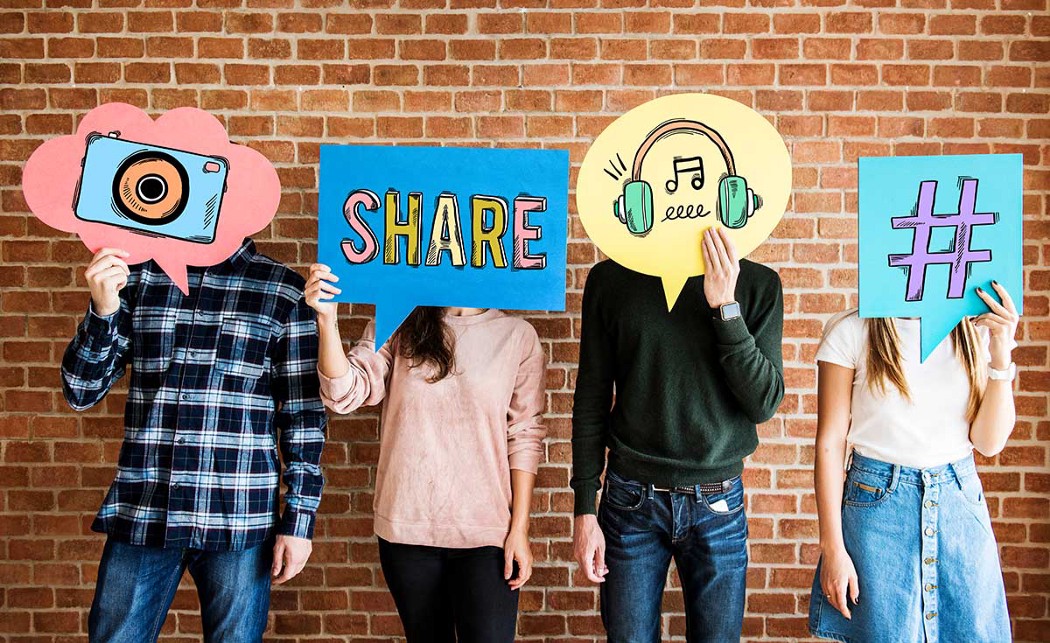 |
Written by Jeffrey Hsu
Edited by Jillian Munoz
One of the biggest highlights of the report is the rise in consumer spending in various social platforms, with cumulative spend already at $3.2 billion in the first half of 2021 - up 50% year-over-year, thanks to a huge increase in Asian markets like India. It is projected that social media app spending will reach a whopping $78 billion by 2025. Much of the spending comes from live-stream services because of world events like the pandemic, where a shift away from typical social media platforms to public broadcasting apps was evident. A large part of this growth has been virtual “gifting”, in which viewers can donate money to creators, which help them make better content. In terms of spending, the top 25 social apps that have live-streaming capabilities account for 75% of total money spent in the first half of 2021.
For the amount of hours that have been spent on social media, TikTok has now surpassed YouTube in both US and UK for average monthly usage. The short video platform has been a major success, given that the popularity of video content is rising. As a result, TikTok has also risen to be the top social and entertainment app downloaded, surpassing Instagram, Facebook, Snapchat, and others.
To read the full story, please visit this link.
 |
Jeffrey Hsu is a fourth-year Cal Poly Pomona student studying Marketing Management. He serves as the Digital Marketing Group Lead and a Research Assistant at the CCIDM. |
